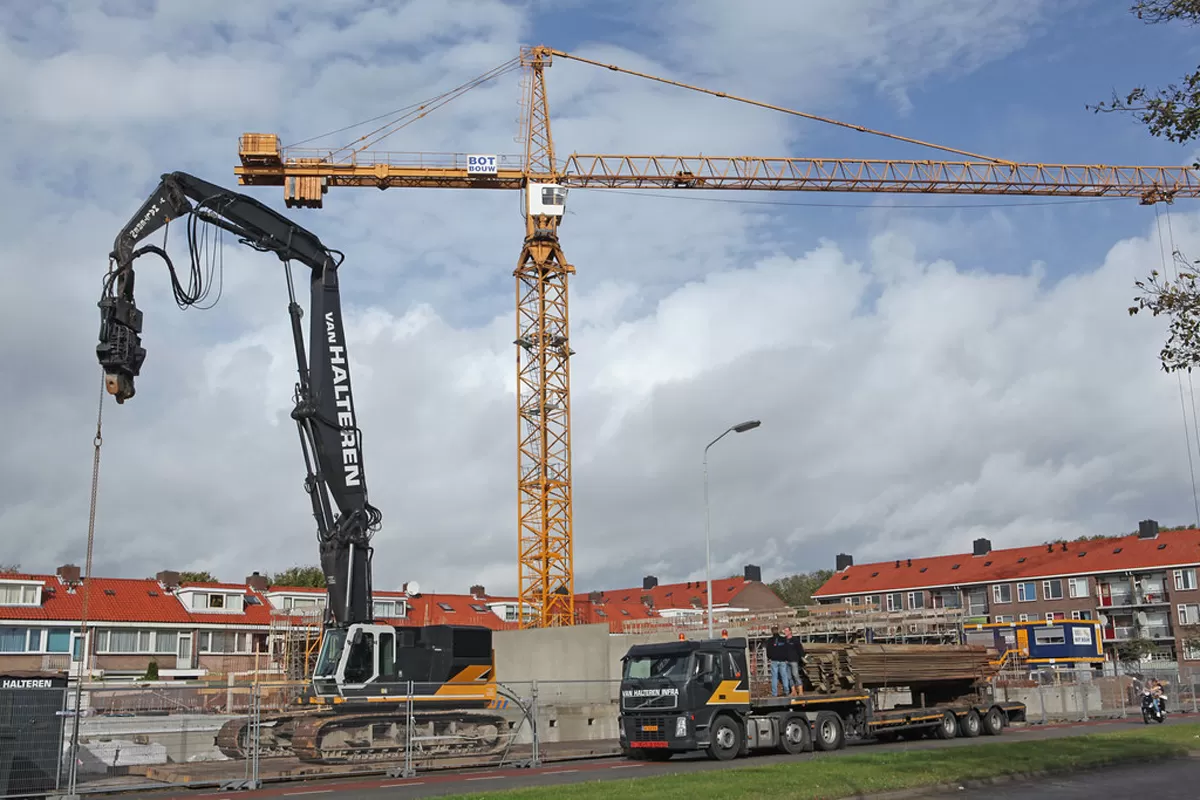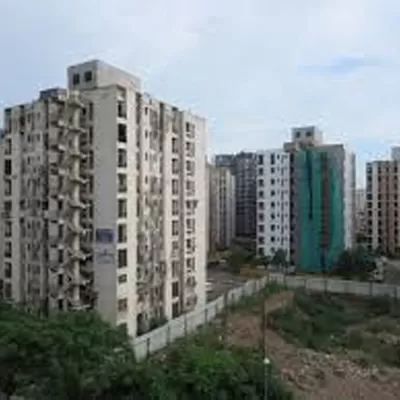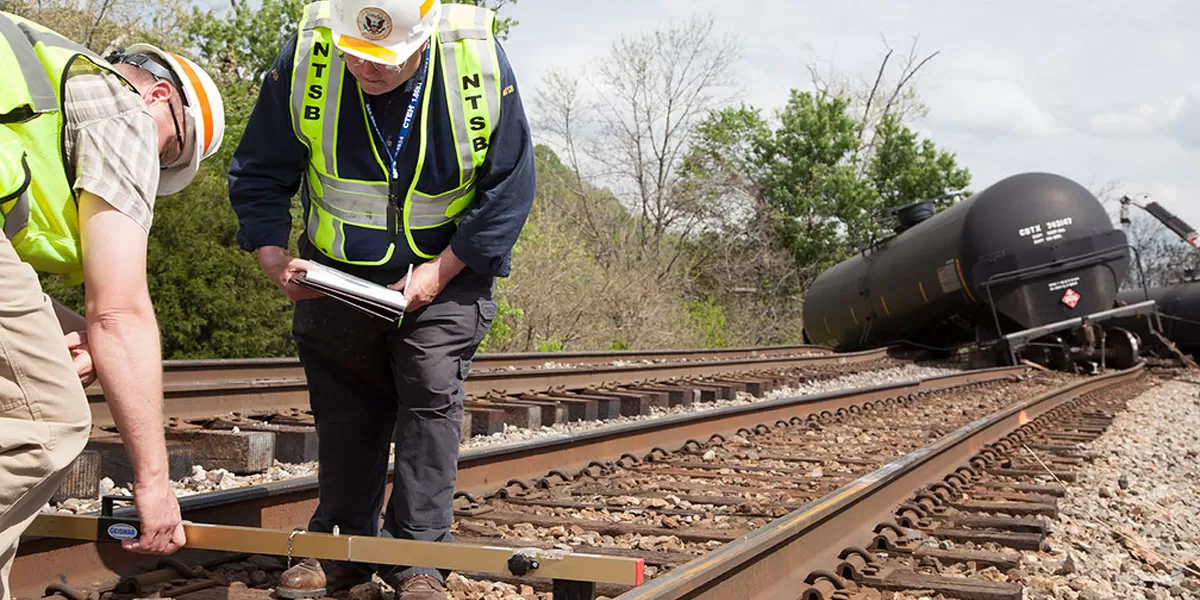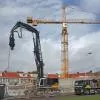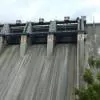With Design for Manufacturing and Assembly technique, all building components can be designed to be modular without compromising on design excellence.
India has an estimated urban housing shortage of 18.8 million and growing, as per recent industry reports. Government-proposed initiatives such as Housing for All by 2022 and smart cities would require constructing approximately 30 million houses and building close to 98 smart cities, respectively. To achieve this colossal feat within the promised timeline, India will need innovative and technology-driven construction and design methods that can help build houses at least three times faster than the current traditional way.
In such a scenario, technology-driven construction, Design for Manufacturing and Assembly (DfMA) and offsite construction will be critical technologies to construct homes more quickly and sustainably than conventional construction. Nejeeb Khan, Head Design & Business Strategy in India, Katerra, shares more on DfMA, its applications and advantages…
The origin
The first origins of precast and modular construction dates back to Europe after the World War II. Since then, the concept has evolved significantly, and today, we have a more integrated DfMA approach, which is becoming a common trend across many parts of the world. Many globally renowned structures such as the Burj Khalifa in Dubai and Sydney Opera House in Australia have been built using this process. The concept can be the cornerstone of both, large scale affordable projects and state-of-the-art architectural wonders.
In India, many real-estate developers are now embracing advanced modular technology to build affordable homes. These developers are now embracing technology, wherein, complete home units, an entire kitchen, or a bathroom equipped with electrical and other plumbing fittings are built offsite, in a factory environment. These completely ready rooms are transported to the site and assembled, saving 50 per cent construction time. Besides, as components are factory-manufactured, they are better quality and consistent, unlike manually produced elements. Multilevel buildings can now be
built within 90 days, using about 20 per cent less material and space.
Superior to conventional
With the concept of DfMA, all building components are designed to be modular without compromising on design excellence. These components are manufactured offsite in a factory-controlled, assembly-line production, using robotics and automation technology. Finished modules and components are then transported and assembled onsite. A holistic approach using DfMA is now gathering momentum with associated technology simplifying the design of prefabricated systems and making it feasible to use them in both, small and large-scale construction projects.
Concept application
DfMA is the combination of two methodologies: Design for Manufacture, which means the design is value-engineered for ease of manufacturing of components that will form a product, and Design for Assembly, which means the design of the product will also consider ease of assembly. This method manages to address two levels of processes in a single shot, namely ease of manufacture and assembly design, thus reducing time and investment bottlenecks.
The purpose of DfMA in construction has four parameters: To reduce material use as well as cost; faster construction; reduction of CO2 emission; and increasing the durability, quality, and performance of structures.
At Katerra, we design and manufacture all our projects using this process and have developed a software called Katerra Apollo that tracks and ties this process together. Our first step with any project is optimisation design to reduce material usage and bring efficiency; during this process, we also modularise components to reduce the number of unique parts and ensure repeatability. Once this step is complete, we begin assembly-line production of these elements using state-of-the-art technology at our mega factories. Then deliver them just-in-time to sites for assembly.
Advantages
Using DfMA over traditional construction methods has several positive impacts on the construction process, including:
Program reduction – Dfma implementation requires increased involvement of design and construction stakeholders earlier on in a project. Although this may appear to increase upfront costs, it has been proven that the overall costs of the project will be reduced owing to improved collaboration, reduced delays, fewer change orders, claims, and requests for information. The build process is accelerated because of elements such as design standardisation, production processes, controlled environment, and manufacturing aids such as automation, etc.
Safety is enhanced, and the accident frequency rate is reduced as there is greater control and stability in the factory process and onsite processes are minimised.
Sustainability – The best results occur when DfMA is used from the conceptual stage with cross-functional teams working together to optimise the design to reduce waste and achieve efficiencies, reduction in labor, and program (schedule).
Superior quality finishes are achieved and defects eliminated at an early stage of construction. Reliability improves owing to a reduction in the number of components, assembly steps, and the need for excessive materials onsite, which reduces transport costs.
Lead times are reduced by increasing predictability and reducing uncertainties because of external factors such as weather, absenteeism, accidents, and better organisation of logistics and onsite installation.
Risk reduction – Users can integrate and test models to highlight potential risks or inaccuracy. Clash detection reports are also generated to highlight if certain elements, such as ductwork or services, are routed through beams. This allows the problem to be rectified at an early stage when it is less costly to correct.
Cost-efficient
In the Indian scenario, our goal is to facilitate 50 per cent faster construction using this technique. We also aim to reduce material usage by at least 15 per cent, making our buildings more efficient than traditional buildings.
Application in construction
Globally, DfMA is used a lot in large-scale infrastructure sectors; for example, in bridge construction. However, this is still in the nascent stage in the consumer building sector like residential, office buildings, hotels, etc. Katerra is introducing this technology across all building types, and today, most of our clients are in the private sector.
Adopting such technology already proven in countries like China, the US, Australia, Middle East, and Singapore will be the only answer to India's growing housing shortage. It is time for us to move forward and make beautiful
looking buildings!
- SERAPHINA D’SOUZA
To share your views, write in at feedback@ConstructionWorld.in
